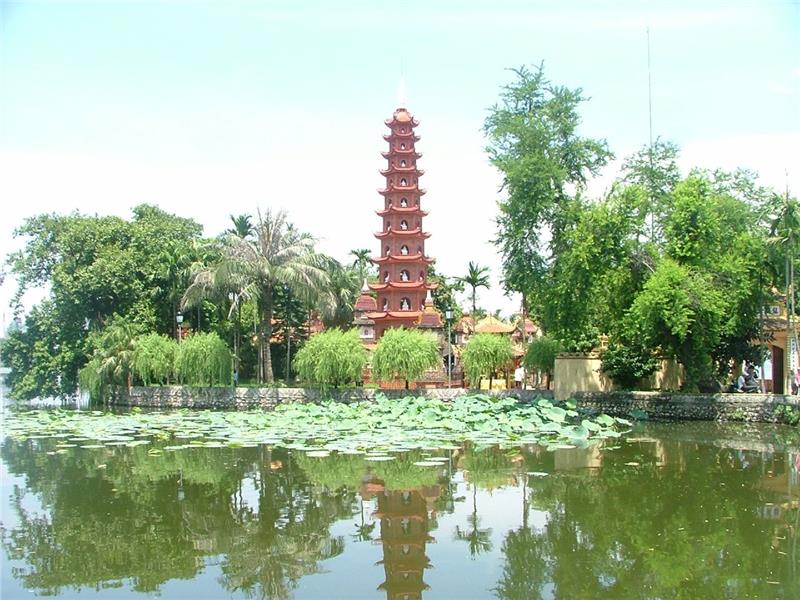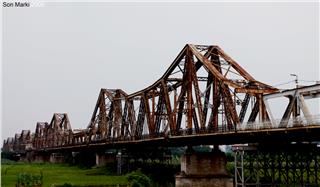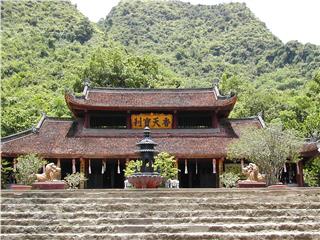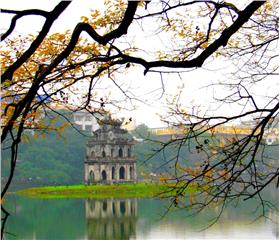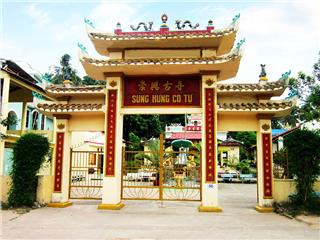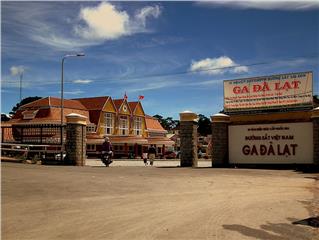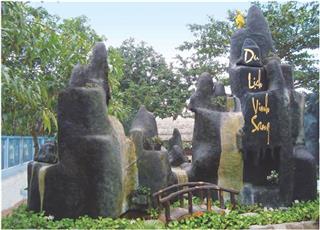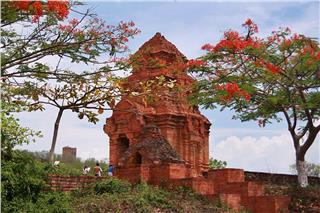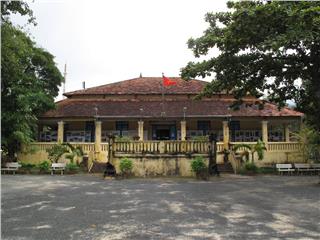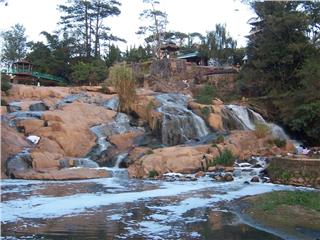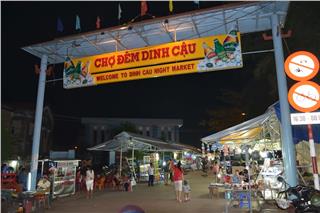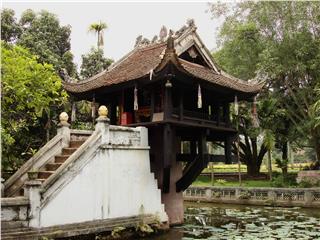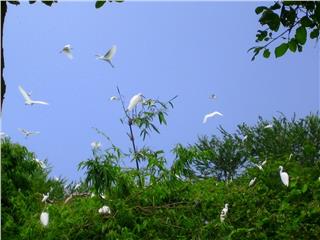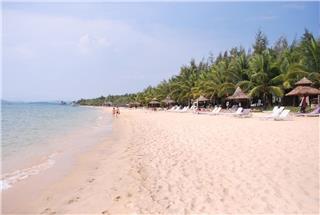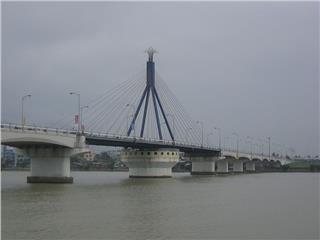Known as one of the most ancient pagodas in Vietnam and the oldest temple of Thang Long Hanoi, Tran Quoc Pagoda is famous for not only the ancient beauty but also the fresh, cool and green space creating the harmonious architecture.
Tran Quoc Pagoda is located on a small island in the east of West Lake. The Pagoda has the age of approximately 1,500 years, which is considered as the oldest pagoda of Hanoi capital. As a Buddhist center of Thang Long citadel under Ly and Tran dynasty, Tran Quoc Pagoda contains historical and architectural values.
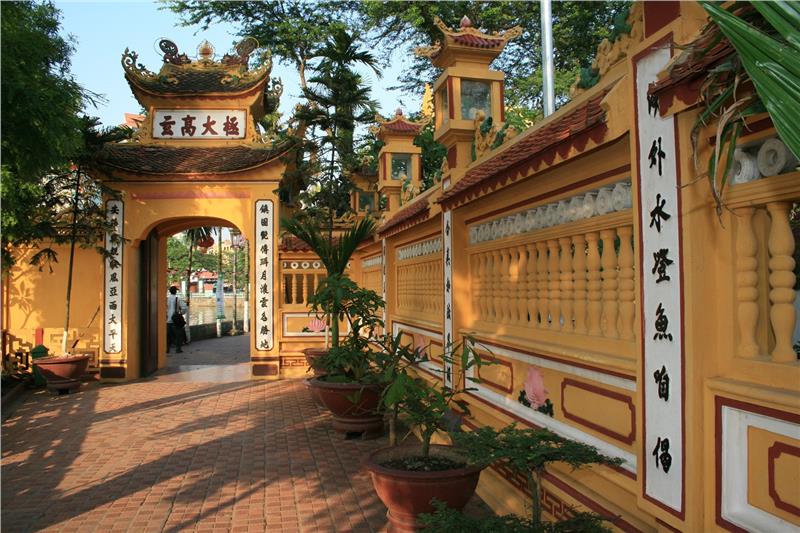
With regard to history, according to Vietnam's Cultural Relics Dictionary (Hanoi, 1993), Tran Quoc Pagoda was constructed during the reign of Emperor Ly Nam De in the sixth century under the original name of Khai Quoc (National Founding). It was initially built on the bank of the Red River. In the 17th century, the Pagoda was moved to West Lake where it is now located and renamed Tran Quoc (National Defense).
Like other temples in Vietnam, the architecture and structure of Tran Quoc Pagoda were arranged in sequence and followed strict principles of Buddhism. The Pagoda consists of three layers including a house named "Tiền Đường" (the front house), an incense burning house, and "Thượng Điện" (the upper house). The outstanding feature creating the distinction for Tran Quoc Pagoda is a high stupa called "Bảo Tháp" (Precious Stupa) that tourists can easily recognize even if they are standing far from the Pagoda. The stupa was built in 1998 retaining 11 floors and 15 meters high. Each floor offers six vaulted windows holding the statue of of Amitabha Buddha made from precious stones. On the top of the Tower, there is "Cửu đỉnh liên hoa" (a nine-storey lotus) which was also made from gemstones. The tower is symmetrically located with the 50-year-old Botha tree gifted by the former Indian President when he visited Hanoi in 1959.
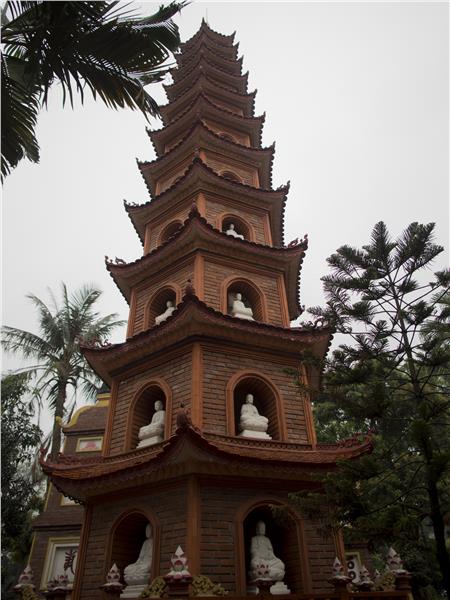
Experiencing many restorations, the appearance of the Pagoda has some changes, however, Hanoi people and authorities always try to preserve the ancient beauty and values of the Pagoda. Therefore, until now, this ancient temple still preserves many valuable objects such as the statues worshiping the upper house. These statues were carved meticulously and elaborately having the unique beauty. Especially, Shakyamuni Buddha statue in Tran Quoc Pagoda is considered as one of beautiful Nirvana statues in Vietnam. The Pagoda also has ancient steles, in which, the oldest stele was built in 1639 by Poinsettias Nguyen Xuan Chinh.
Being highly appreciated in terms of the historical and religious value as well as the surrounded landscape, Tran Quoc Pagoda was recognized as the 10th historic building of Indochina by the Ancient Far East Institute. In addition, in April 1962, Tran Quoc Pagoda was listed as a national historic and cultural monument of Vietnam. This place is considered as the scared place and one of the most attractions in Hanoi, therefore, in the past, Tran Quoc Pagoda often welcomed Kings to visit and worship ancestors on full moon day and New Year holidays.
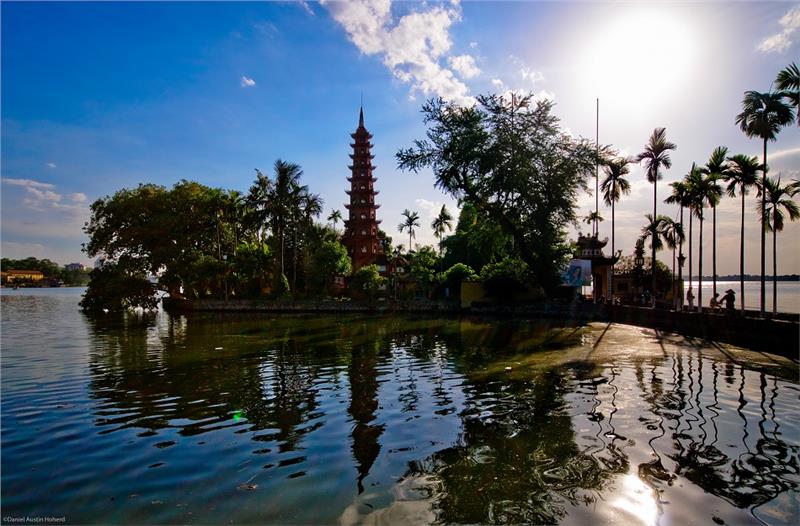
The beauty of special architecture and the historic and cultural values of Tran Quoc Pagoda is something not deniable. However, this is not the only thing that makes the Pagoda become famous. Located in a small peninsula of the immense space of West Lake, the Pagoda has distinct beauty in different seasons that rarely seen in other ones. In hot season, the precincts of the Pagoda is a windy place bringing cool atmosphere, which make visitors have the feeling of entering the different world. In cold season, Tran Quoc Pagoda has the mysterious beauty hidden in the mist.
Owning precious values of history and architecture and the beauty of green and cool space, Tran Quoc Pagoda is not only well-known as a sacred place of Buddha, but also one of popular Hanoi attractions welcoming many Buddhist devotees, and local and international tourists.
